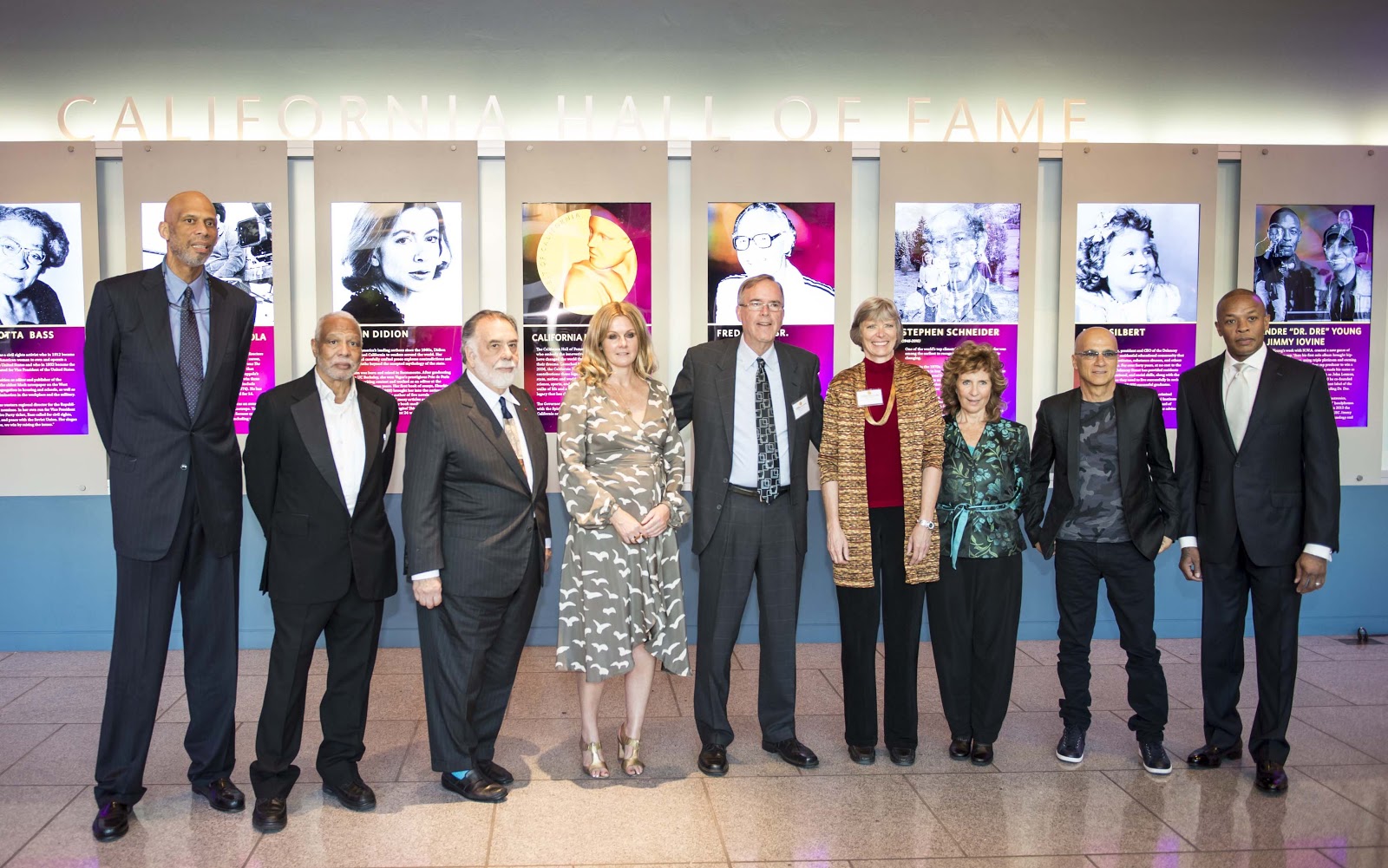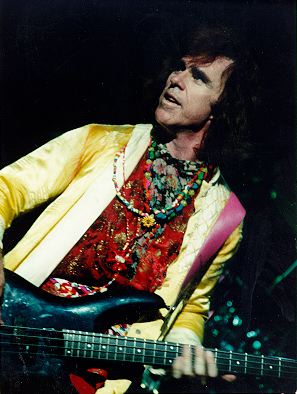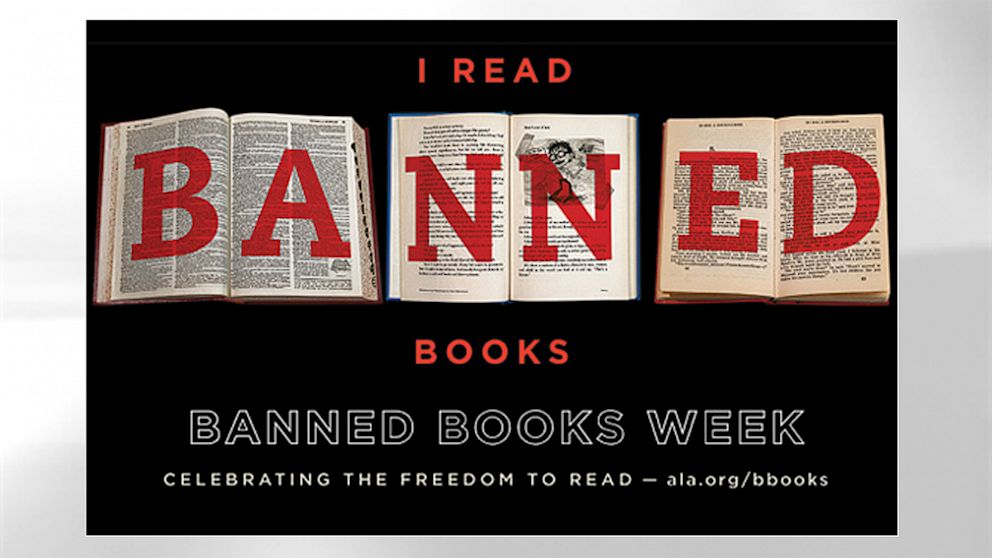By Abby Douglas, Staff Writer
Recognize this guy? If you do, it’s probably because it’s Mr. Tagg, McClatchy’s resident rock star. For those of you who have had Mr. Tagg as an English teacher, his musical career as a bass player in the band Bourgeois Tagg may not be big news. No matter if you’ve been in his class or not, there are probably still a few things you don’t know. So, we at The Prospector dug a little deeper.
For starters, will you tell us a little bit about your role in the band?
Brent Bourgeois and I were in a previous band together. We moved to California with this band, Uncle Rainbow. One of the guys in the Doobie Brothers, Michael Hossack (the drummer) moved us out to California because he wanted to record us. One thing led to another and Brent and I broke away from that group and formed our own group. That was in the early 80’s. We actually had the luxury of writing our own songs first. There was a guy who rented us a house so we could work—we didn’t have to work for a while. So we called him an angel. He allowed us to write material for about a year before we even got started. We recorded our demos and then we put the band together to do the material. The band was in town, in Sacramento, and northern California for about a year and a half before we got signed. We got signed in the old fashioned way—there was an agent that came up from Los Angeles and sat in this place downtown and we didn’t even know he was there. Then we got a call a couple days later saying, “We’d like you to sign with Island Records.” So Brent and I wrote the music, we sang the music, and we were just kind of the band leaders.
Was there a specific instrument that you played?
Yeah, bass guitar. When we went down to sign the record contract we really thought we ought to change the name of the group [Bourgeois Tagg]. The head of the record company said, “Oh no, I love that name.” For what reason, I have no idea. It ended up being the name of the group, and that’s how it worked.
Was Bourgeois Tagg your first band?
No, I’d been at it quite a while. I’d been in a lot of original bands trying to get signed. Not a lot, but two or three. It wasn’t my first time trying to do it. Uncle Rainbow, for instance—they were trying to get signed.
Would you say that you were pretty well known?
Well, yeah, we were well-known in our heyday, but it only lasted for three years. But yeah, we would go to Europe, for example, and I was in London one time and someone walked up to me and said, “Aren’t you Larry Tagg?” So, that’s kind of an indication
Was that fun—being well known?
Oh, yeah. Absolutely it was a fun time.
What was the best part about being in the band?
Traveling. I loved to travel. The other good thing was the respect from your peers. You know, you run up against somebody that you already know, and he knows you, and he says, “I love your stuff.” That was the big payoff—when your peers know who you are and like your stuff.
What was the worst part?
Things with the band tend to get a little, you know…inside the band, when there’s so much money to be made, people start getting kind of grudge-y. That was the only downside I can see. Otherwise, it was a good time.
Can you tell us a story that you particularly remember from your musical career?
The one story that I think about is when I was auditioning for Hall & Oates, another group. It was in Central Park and they told me I was going to be playing with them during the Earth Day concert. So I thought about forty people on blankets. They flew me into New York and they rehearsed me for a couple weeks so that I would be ready for this Earth Day thing. As it turns out, Earth Day was the first day of spring—they had had a really long, cold winter—and everybody showed up in Central Park. There were a million people in front of the stage. It was the Great Meadow stage. People were all the way into the woods on the far end of it. Even the guys in the band, even Daryl Hall, who had seen a lot of big crowds, was backstage going, “I can’t believe the people that are here.”
I remember last year you told us about how you carried a dictionary around on the bus while you were touring. Did any of your band mates or any fans ever make fun of you for being a nerd?
Always. Always. But it’s just who I was. I was always that guy. They had these tour buses that had bunks in them so we could sleep on the bus. And rather than being in the TV room with everybody else I was always in my bunk reading my little books and stuff, and looking up my words. The fans didn’t know about it, so they didn’t really give me a hard time. But the guys in the band, always.
It was obviously a big transition to go from being a full time musician to being an English teacher. Why did you do that?
By the time I made the transition, I was actually a staff songwriter with a publishing company, and you know what? It just wasn’t that fun. But that’s just a part of it. The main thing was that I had kids, and being away from my family was also not fun. So when you’re unmarried it’s one thing, and you can travel around and be the free agent. But once you’re married, things are a little different. That’s the main answer.
Do you ever regret leaving your musical career behind?
No, I never do. As a matter of fact, I see my friends that are still musicians and I feel so lucky. Because you know, there’s kind of an arc to a [musical] career, and once you’re on the downside of that, it’s not that much fun. It’s great when you’re looking at the audiences getting bigger, and then when you see the audiences getting smaller it’s really not that much fun. Plus I love being with you guys [my students]. It’s just fun to me. I come out of a classroom with you all, and I think, there’s no better job than this. I love this so much. Just because we’d had a really good discussion. Plus my wife is a teacher, we have so much to talk about. I have such a full life at this point. And you know, I did that [music]. And I’m glad I did it. But I’m happy that I’m not still doing it.
So you’re happy to be a teacher.
Absolutely.







